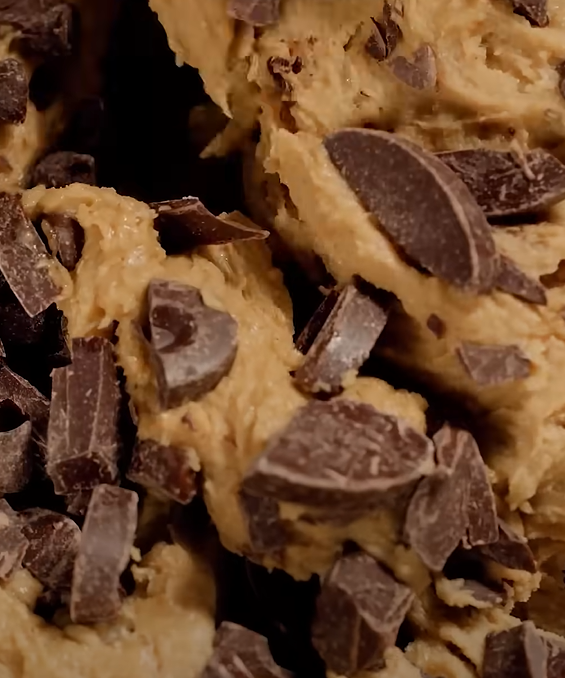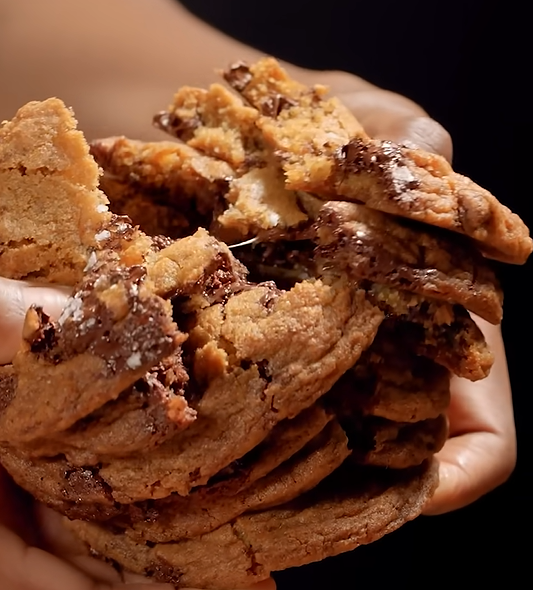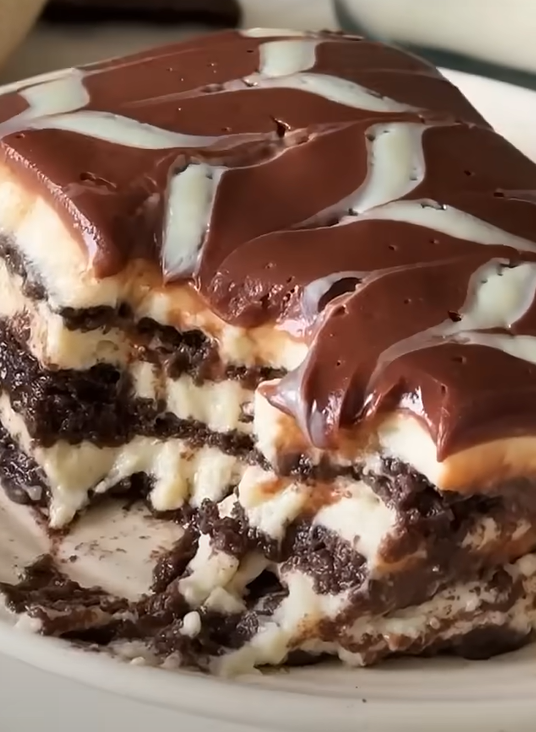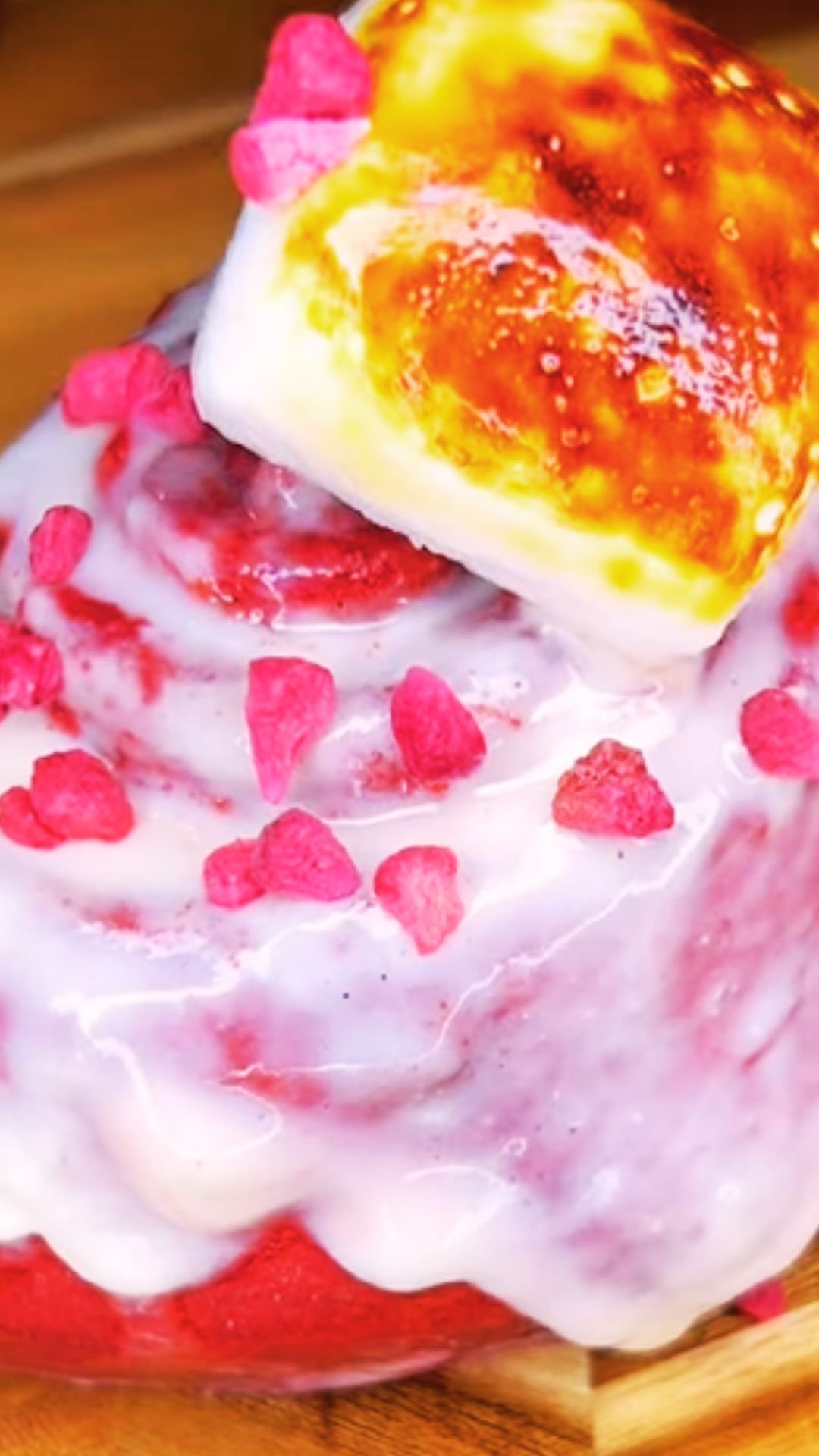I’ve been baking cookies for over fifteen years, and let me tell you – there’s nothing quite like the aroma of freshly baked cookies wafting through your kitchen. Whether you’re a complete beginner or a seasoned baker, I’ve compiled my most treasured cookie recipes that have never failed to bring smiles to faces and warmth to hearts.
Throughout my baking journey, I’ve discovered that cookies are more than just sweet treats – they’re memory makers, conversation starters, and the perfect way to show someone you care. Today, I’m sharing my extensive collection of 100+ cookie recipes that span every category imaginable, from classic chocolate chip to exotic international flavors.
Understanding Cookie Fundamentals
Before diving into my recipe collection, let me share some essential knowledge I’ve gathered over the years. Understanding these fundamentals will transform your cookie baking from good to extraordinary.
Essential Cookie Terms
Creaming: The process of beating butter and sugar together until light and fluffy, typically taking 3-5 minutes with an electric mixer.
Chilling: Refrigerating cookie dough to firm it up, preventing spreading during baking and enhancing flavors.
Parchment Paper: Non-stick baking paper that ensures easy cookie removal and even browning.
Room Temperature Ingredients: Ingredients at 68-72°F that blend more easily and create better texture.
Proofing: Allowing dough to rest, particularly important for recipes containing baking soda or baking powder.
My Classic Cookie Categories
Traditional American Favorites
I always start my cookie conversations with these timeless American classics. These recipes have been perfected through generations and remain my go-to choices for any occasion.
My Classic Chocolate Chip Cookies use a combination of brown and white sugar for the perfect chewy-crispy texture. I’ve found that using room temperature butter and chilling the dough for 30 minutes creates the ideal consistency.
Oatmeal Raisin Cookies hold a special place in my heart. I prefer using old-fashioned oats and plumping the raisins in warm water for 10 minutes before mixing. This simple step prevents the raisins from becoming hard during baking.
Peanut Butter Cookies with their distinctive fork crosshatch pattern have been a family favorite since I was a child. I use both creamy peanut butter and chopped peanuts for varied texture.
Sugar Cookies serve as my canvas for creativity. My recipe produces cookies that hold their shape perfectly for decorating while maintaining a tender crumb.
International Cookie Delights
My travels have introduced me to incredible cookie traditions from around the world. I’ve adapted these recipes for home baking while maintaining their authentic flavors.
Italian Biscotti requires double-baking for that characteristic crunch. I make almond, cranberry-orange, and chocolate versions that pair beautifully with coffee.
French Madeleines with their shell-like shape and delicate lemon flavor require a special pan, but the investment is worthwhile for these elegant treats.
German Lebkuchen brings warm spices and honey sweetness, perfect for holiday celebrations.
Mexican Wedding Cookies (Polvorones) melt in your mouth with their buttery, nutty texture and powdered sugar coating.
Detailed Recipe Categories and Techniques
Drop Cookies Master Class
Drop cookies represent the easiest category for beginners. I simply drop spoonfuls of dough onto baking sheets, making them perfect for quick treats.
| Cookie Type | Baking Time | Temperature | Key Ingredient | Special Technique |
|---|---|---|---|---|
| Chocolate Chip | 9-11 minutes | 375°F | Brown sugar blend | Chill dough 30 minutes |
| Oatmeal Raisin | 10-12 minutes | 350°F | Old-fashioned oats | Plump raisins first |
| Snickerdoodles | 8-10 minutes | 400°F | Cream of tartar | Roll in cinnamon sugar |
| Double Chocolate | 8-10 minutes | 350°F | Cocoa powder | Don’t overbake |
| Coconut Macaroons | 15-20 minutes | 325°F | Sweetened coconut | Pipe or scoop high |
Rolled and Cut Cookie Expertise
Rolled cookies require more technique but offer unlimited decorating possibilities. I’ve mastered the art of rolling even thickness and clean cuts.
My sugar cookie dough contains the perfect balance of butter, flour, and eggs to prevent cracking while rolling. I always chill the dough for at least 2 hours before rolling, and I use minimal flour on my work surface to prevent tough cookies.
Gingerbread cookies follow similar principles but require careful spice balancing. I use fresh ground ginger, cinnamon, and cloves for the most aromatic results.
Shortbread cookies demand the highest quality butter since it’s the primary flavor. I prefer European-style butter for its higher fat content and richer taste.
Sandwich and Filled Cookies
Creating sandwich cookies elevates simple recipes into impressive treats. I’ve developed foolproof techniques for consistent results.
Whoopie Pies technically straddle the line between cookies and cake, but their portability and handheld nature earn them a place in my cookie collection. I make chocolate, red velvet, and pumpkin versions.
Linzer Cookies with their jam centers and powdered sugar dusting create stunning presentations. I use homemade or high-quality jam for the best flavor.
Alfajores from Argentina feature delicate cookies sandwiched with dulce de leche and rolled in coconut. These require patience but deliver extraordinary results.

Seasonal Cookie Collections
Spring and Summer Selections
Warm weather calls for lighter, brighter flavors. My spring and summer cookie repertoire focuses on fresh fruits and citrus notes.
Lemon bars technically qualify as bar cookies, but their popularity earns them inclusion. I use fresh lemon juice and zest for vibrant flavor.
Strawberry thumbprint cookies showcase seasonal berries beautifully. I make the jam centers from scratch using fresh strawberries when available.
Key lime cookies bring tropical flavors to any gathering. I use bottled key lime juice for consistency and fresh zest for aromatic oils.
Coconut lime cookies combine two complementary tropical flavors in a chewy, satisfying cookie.
Fall and Winter Warmth
Cold weather inspires cookies with warming spices and rich flavors. These recipes create cozy atmospheres and comforting aromas.
Pumpkin spice cookies capture autumn in every bite. I use real pumpkin puree and a careful blend of cinnamon, nutmeg, ginger, and cloves.
Apple cider cookies incorporate reduced apple cider for concentrated flavor and soft cinnamon sugar coating.
Eggnog cookies bring holiday cheer with nutmeg, vanilla, and a hint of rum extract.
Gingerbread variations include soft cookies, crispy cookies, and architectural gingerbread for house building.
Specialty Dietary Adaptations
Gluten-Free Cookie Success
Developing gluten-free cookies challenged my understanding of flour chemistry, but I’ve created versions that rival traditional recipes.
| Recipe Type | Flour Blend | Binding Agent | Texture Notes | Success Tips |
|---|---|---|---|---|
| Chocolate Chip | Almond + Rice flour | Xanthan gum | Slightly denser | Chill dough longer |
| Sugar Cookies | Bob’s Red Mill 1:1 | Psyllium husk | Very close to original | Roll between parchment |
| Peanut Butter | Oat flour | Eggs | Naturally dense | Press with fork |
| Shortbread | Coconut flour blend | Coconut oil | Crumbly texture | Press firmly in pan |
Vegan Cookie Innovations
Creating vegan cookies without compromising flavor or texture required extensive experimentation. I’ve discovered excellent plant-based substitutions.
Coconut oil replaces butter in most recipes, though I prefer it in solid state for proper creaming.
Aquafaba (chickpea liquid) works wonderfully as an egg replacer, especially in meringue-type cookies.
Plant milk substitutes easily for dairy milk in recipes requiring liquid.
Vegan chocolate chips are now widely available and indistinguishable from dairy versions in baked goods.
Sugar-Free and Low-Sugar Options
Reducing sugar while maintaining taste and texture presents unique challenges I’ve learned to navigate.
Natural sweeteners like maple syrup, honey, and dates provide sweetness with additional flavors.
Sugar alcohols such as erythritol work well in many recipes, though they can affect texture.
Stevia blends require careful measurement but produce excellent results in chocolate-based cookies.
Fruit purees add natural sweetness while contributing moisture and flavor.
Advanced Baking Techniques and Tips
Temperature and Timing Mastery
I’ve learned that oven accuracy significantly impacts cookie success. Investing in an oven thermometer revealed my oven runs 25 degrees hot, explaining years of slightly overcooked cookies.
Convection versus conventional baking affects both temperature and timing. I reduce temperatures by 25 degrees and check for doneness 2-3 minutes earlier when using convection.
Altitude adjustments become necessary above 3,000 feet. I increase flour slightly, decrease sugar, and raise baking temperature for high-altitude success.
Pan material affects browning. I prefer light-colored aluminum pans for even baking, reserving dark pans for cookies that benefit from extra browning.
Troubleshooting Common Issues
Through years of baking, I’ve encountered every possible cookie catastrophe and developed solutions.
Spreading problems usually stem from warm dough or insufficient flour. I always chill problematic doughs and measure flour carefully.
Tough cookies result from overmixing or too much flour. I mix just until ingredients combine and spoon flour into measuring cups.
Uneven browning indicates oven hot spots or overcrowded pans. I rotate pans halfway through baking and leave space between cookies.
Burnt bottoms suggest oven racks positioned too low or dark pans. I move racks to upper-middle positions and line dark pans with parchment paper.
Storage and Preservation Secrets
Short-Term Storage Solutions
Proper storage maintains cookie freshness and texture. I’ve developed specific strategies for different cookie types.
Soft cookies require airtight containers with bread slices to maintain moisture. I replace bread every few days to prevent mold.
Crispy cookies need dry storage away from humidity. I add rice packets to containers in humid climates.
Decorated cookies benefit from single layers separated by parchment paper to prevent damage.
Bar cookies can remain in their baking pans covered tightly with plastic wrap for convenience.
Long-Term Freezing Strategies
Freezing extends cookie enjoyment for months when done correctly.
| Storage Method | Duration | Best Cookie Types | Thawing Instructions |
|---|---|---|---|
| Freezer bags | 3 months | Drop cookies, bar cookies | Room temperature 1 hour |
| Airtight containers | 6 months | Decorated cookies | Individual wrapping recommended |
| Cookie dough balls | 3 months | Most drop cookies | Bake from frozen, add 1-2 minutes |
| Rolled dough logs | 4 months | Slice-and-bake varieties | Thaw slightly before slicing |
Gift-Giving and Presentation Ideas
Packaging for Special Occasions
I’ve discovered that presentation elevates homemade cookies to professional gift status.
Cookie tins provide reusable containers that recipients appreciate. I line them with parchment paper and include variety.
Cellophane bags with ribbons create individual servings perfect for party favors or lunch box treats.
Mason jars work beautifully for smaller cookies and create rustic, charming presentations.
Custom labels add personal touches and ingredient lists for recipients with allergies.
Cookie Exchange Strategies
Participating in cookie exchanges expands my recipe collection while sharing favorites with friends.
I always prepare recipes that transport well and maintain quality for several days. My go-to exchange cookies include:
- Classic chocolate chip (universally loved)
- Snickerdoodles (distinctive appearance)
- Decorated sugar cookies (visually impressive)
- Specialty bars cut into individual portions
Questions and Answers
Q: How do I prevent my cookies from spreading too much during baking?
The most common cause of excessive spreading is warm dough. I always chill my cookie dough for at least 30 minutes before baking, especially during warm weather. Additionally, make sure your butter isn’t too soft when creaming – it should give slightly to pressure but not be melty. Using the correct flour measurement (spooned and leveled, not packed) also prevents spreading.
Q: What’s the secret to perfectly chewy cookies versus crispy ones?
The ratio of brown sugar to white sugar makes the biggest difference. Brown sugar contains molasses, which retains moisture for chewier cookies. I use more brown sugar for chewy cookies and more white sugar for crispy ones. Baking time also matters – slightly underbaked cookies stay chewy, while longer baking creates crispness.
Q: Can I substitute ingredients in cookie recipes?
Some substitutions work better than others. Butter can be replaced with coconut oil (in solid state) for most recipes. Eggs can be substituted with flax eggs (1 tablespoon ground flaxseed + 3 tablespoons water per egg) for vegan baking. However, flour substitutions require more careful consideration since they affect structure significantly.
Q: How do I know when my cookies are done baking?
I look for lightly golden edges rather than relying solely on time. The centers might look slightly underbaked – this is perfect since cookies continue cooking on the hot pan after removal from the oven. For crispy cookies, I bake until evenly golden. For soft cookies, I remove them when edges are set but centers still look soft.
Q: Why do my cookies turn out flat even when I follow the recipe exactly?
Several factors can cause flat cookies: old baking soda or baking powder (replace every 6 months), measuring flour incorrectly (too little flour), overmixing the dough, or baking on warm cookie sheets. I always let my pans cool completely between batches and test my leavening agents regularly.
Q: What’s the best way to measure flour for consistent results?
I spoon flour into my measuring cup and level it with a knife rather than scooping directly from the container. Scooping packs the flour, leading to too much flour and tough cookies. For even more accuracy, I weigh my flour when possible – one cup of all-purpose flour should weigh approximately 120 grams.
Q: How can I make my cookies more flavorful?
Quality ingredients make the biggest difference. I use real vanilla extract instead of imitation, fresh spices ground within the past year, and high-quality chocolate. Browning butter adds nutty depth to many recipes. Also, letting dough rest (even just 30 minutes) allows flavors to meld and develop.
Q: What should I do if my cookie dough is too sticky to work with?
Sticky dough usually needs more flour or chilling time. For drop cookies, I chill the dough until firm enough to scoop cleanly. For rolled cookies, I add flour gradually (one tablespoon at a time) until the dough is manageable, then chill before rolling. Sometimes the humidity level affects dough consistency.
This comprehensive collection represents my life’s work in cookie baking. Each recipe has been tested, refined, and perfected through countless batches. Whether you’re baking for family, friends, or simply treating yourself, these 100+ cookie recipes will serve you well in creating delicious memories and satisfying sweet cravings. Remember, the best cookies are made with love, patience, and quality ingredients. Happy baking!


